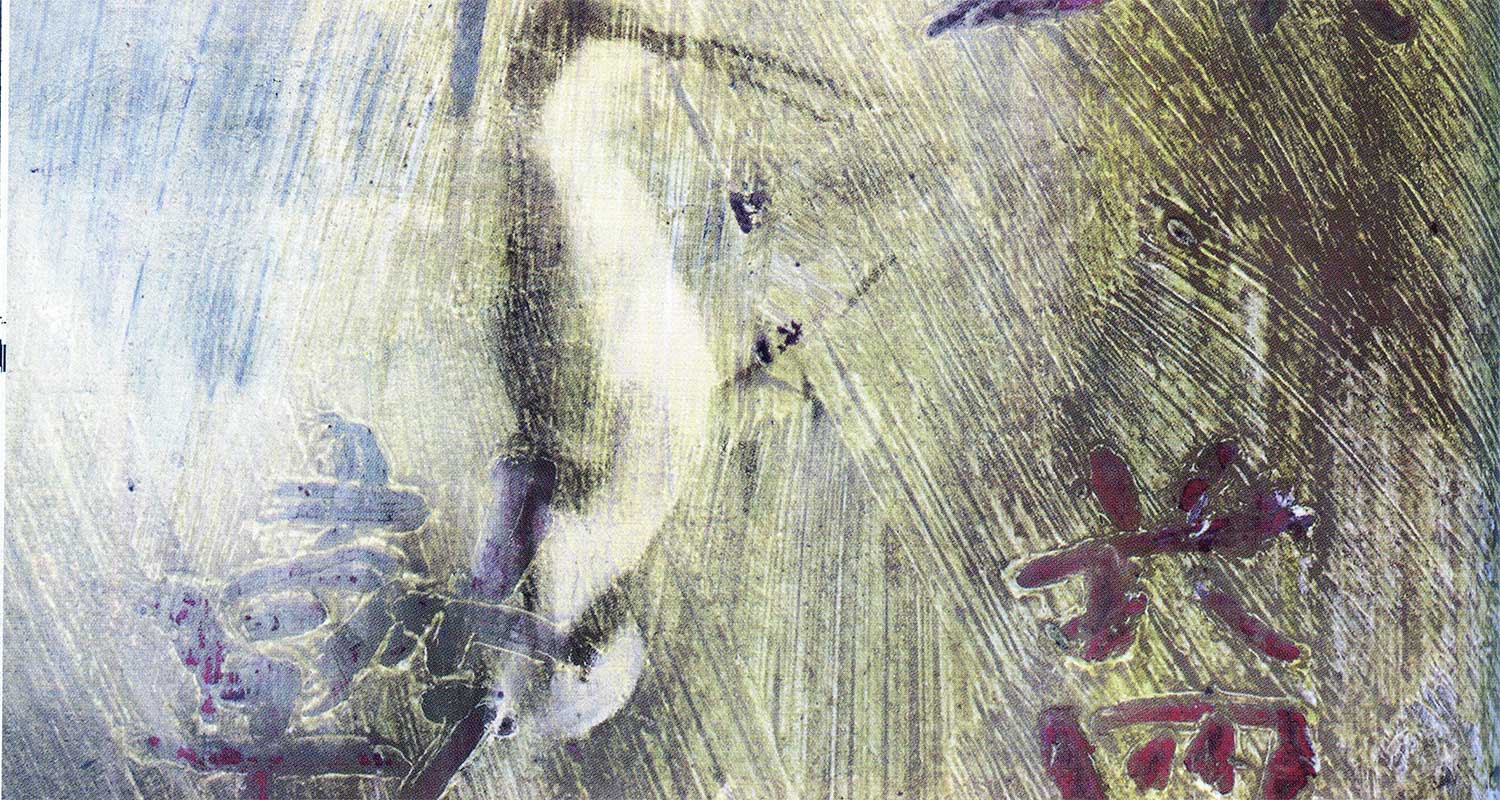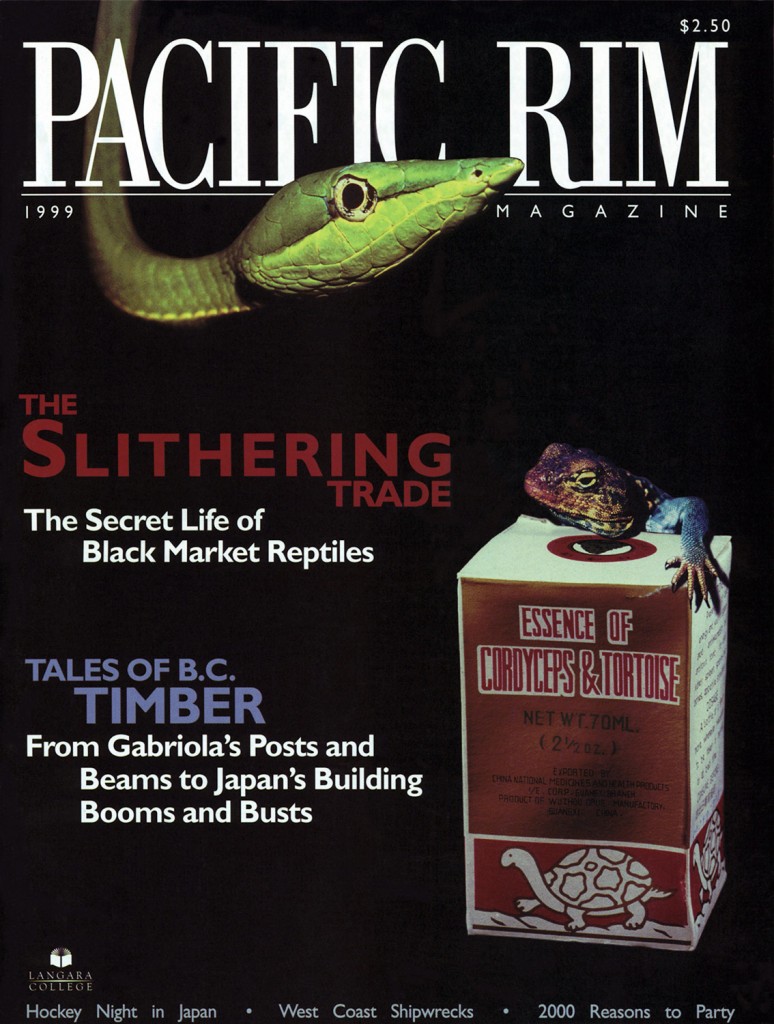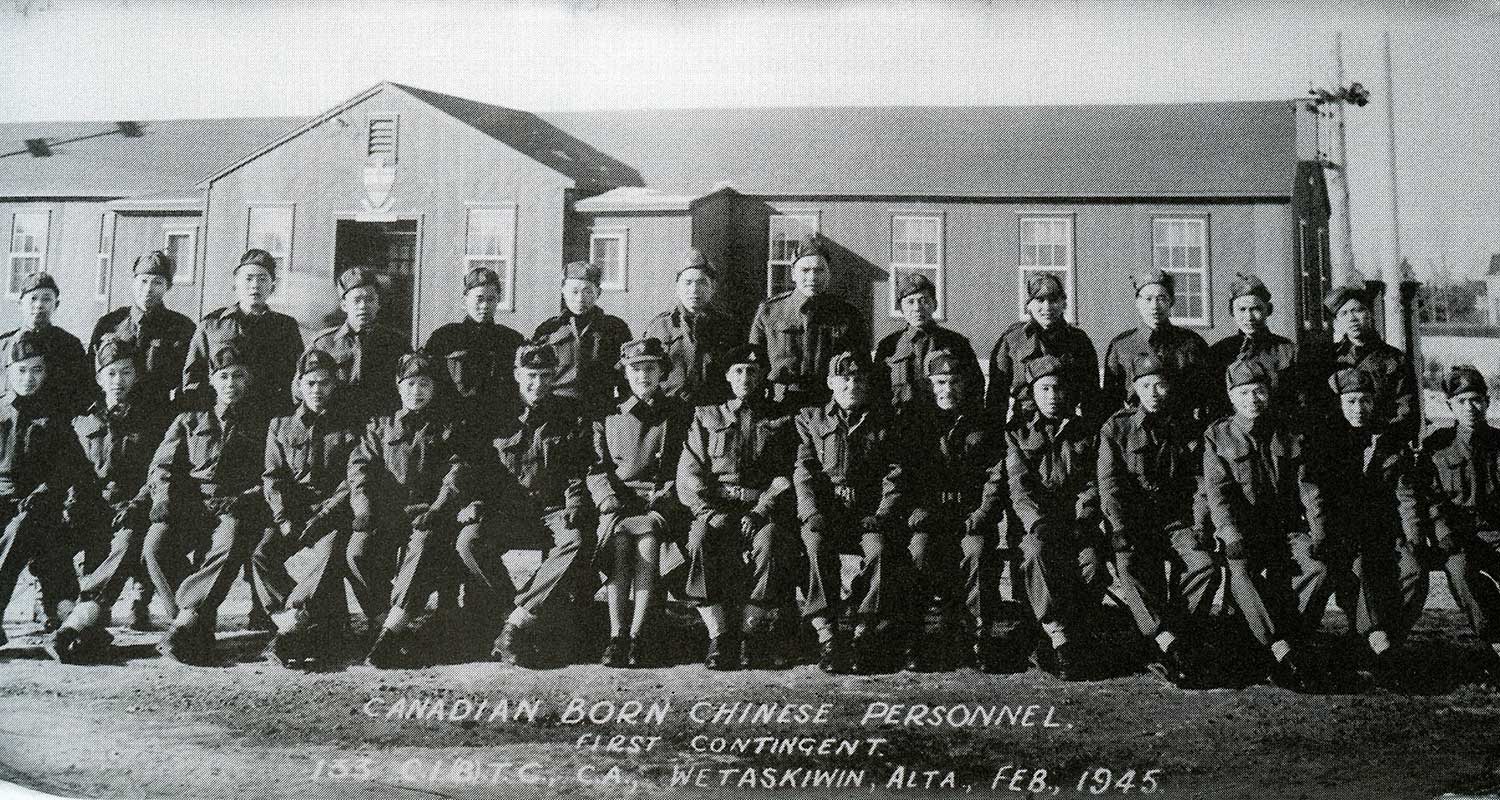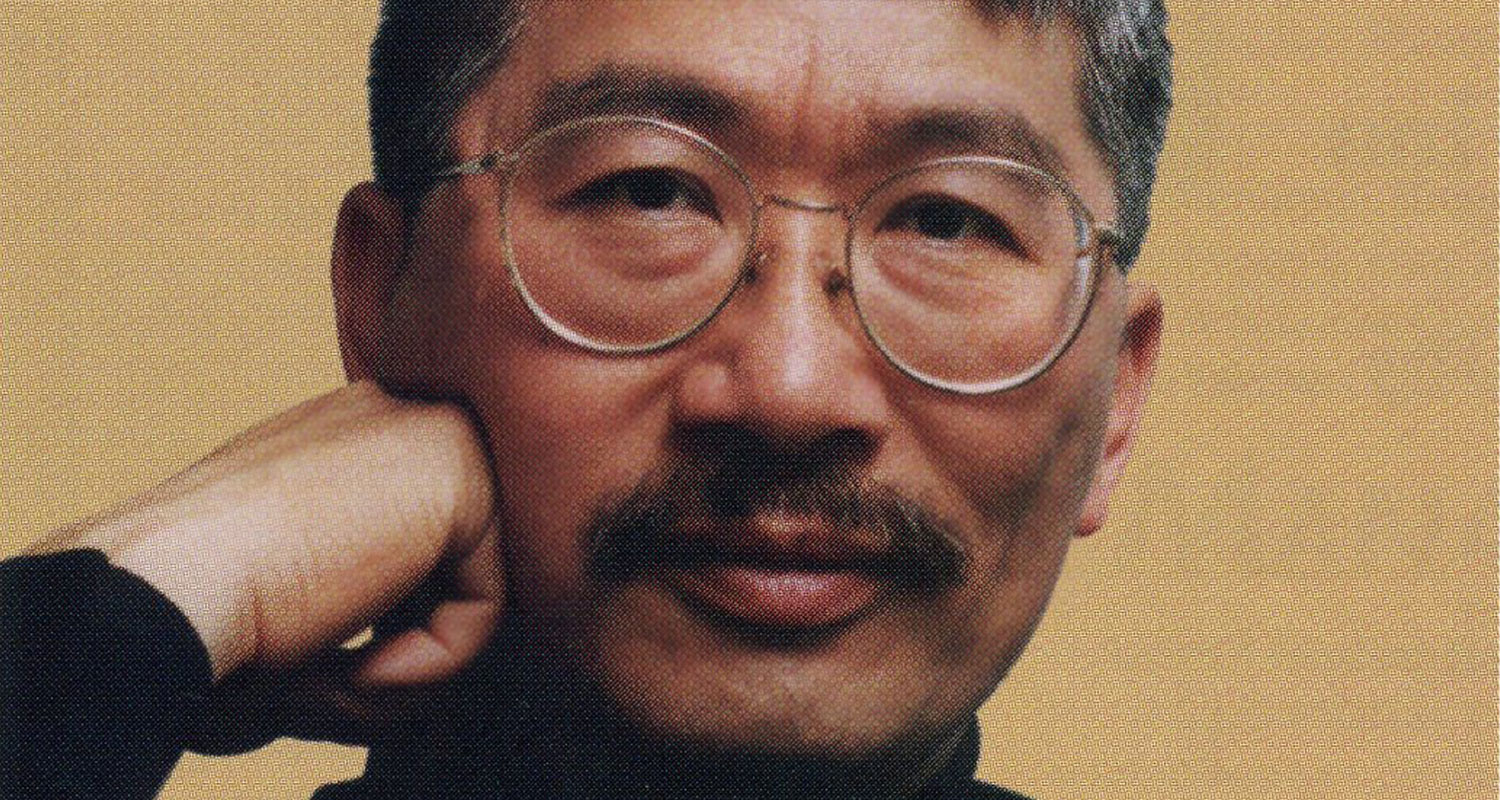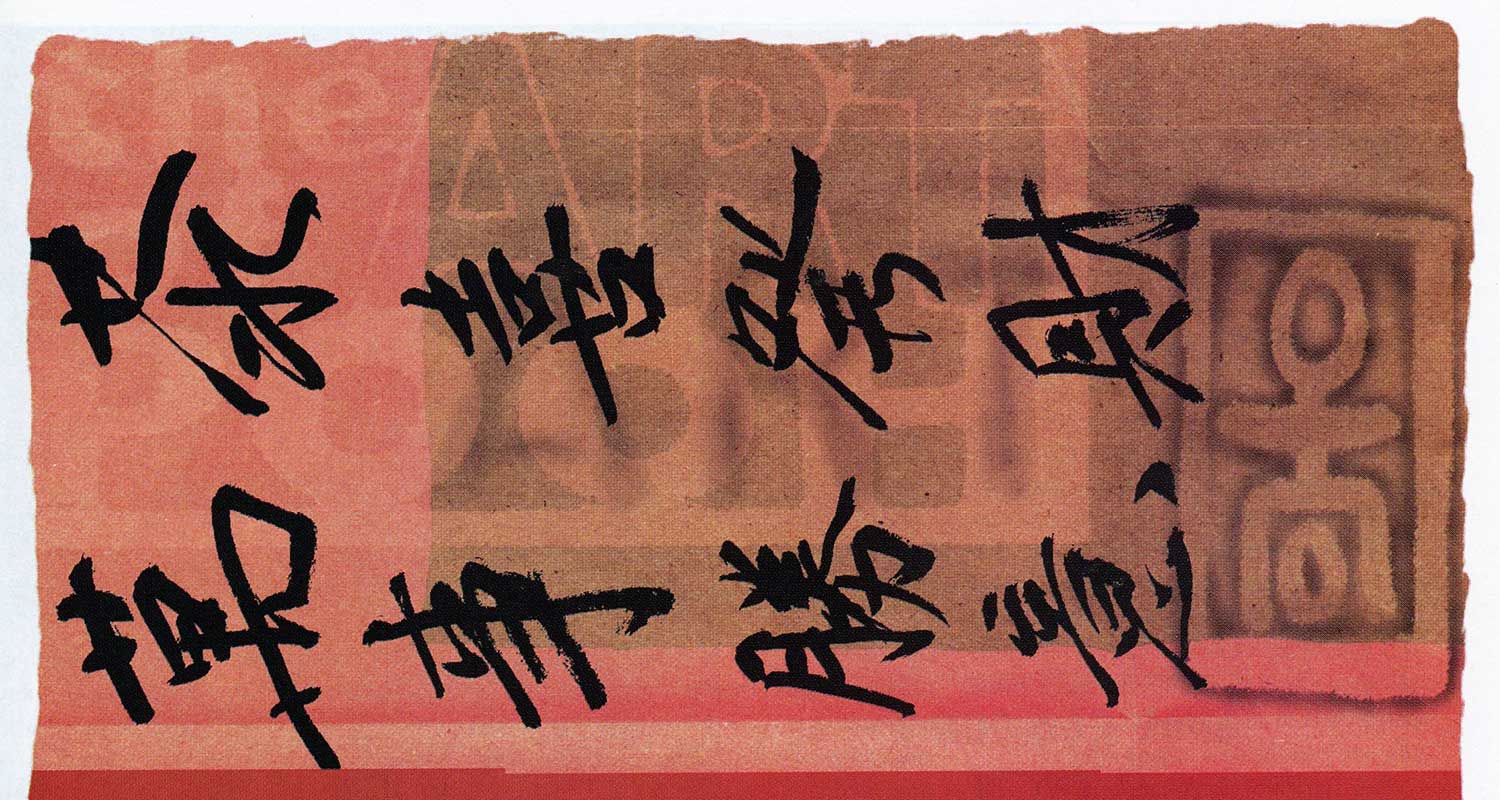Napoleon read it. Rommel studied it in North Africa. Lee Iacocca read it. Taipans in Hong Kong have been applying its strategies for centuries. The Art of War, written over two thousand years ago by a mysterious Chinese warrior-philosopher named Sunzi or Sun-Tzu, is arguably the most prestigious and influential text on strategy in the world today. It is vigorously studied around the world by politicians, executives, military leaders and strategists.
In Japan, which went from feudal culture to corporate culture virtually overnight, students of The Art of War have applied these ancient strategies to modern politics. The astounding degree of success with which the Japanese have invaded and conquered world markets is testimony to Sun-Tzu’s classic dictum, “To win without fighting is best.”
What Is The Art of War?
The Art of War is an analysis of the anatomy of organizations in conflict. It applies to conflict in general, on virtually every level from interpersonal to international. The aim of this manual is to promote invincibility, attain victory without battle, and to develop incontestable strength through comprehension of the physics, politics and psychology of conflict. This oldest of manuals for success is steeped in the spiritual tradition of Taoism, from which much of the psychology, science and technology in East Asia originated.
Taoism And Its Role In The Art of War
Throughout history in China, Taoism has been a moderating force in the ever-changing currents of human thought and action. In politics as well, Taoism has allied with both rulers and ruled, has helped kingdoms rise and fall, according to the needs of the time. It is from this source that Sun-Tzu gained the insight into human nature that makes this a profoundly reliable manual. The Art of War not only prepares one for war, but also for peace. It is a means for understanding the subtleties of conflict and resolution.
Foreknowledge cannot be elicited from spirits nor from the gods; not by inductive thinking, nor by deductive calculations.
According to an ancient Chinese parable, a lord once asked his physician – whose two brothers were also healers – which of the three was the most skilled. This doctor was renowned for his expertise and ability in healing throughout China, and he replied, “My eldest brother sees the spirit of sickness and removes it before it takes shape, so his name does not get out of the house. My elder brother cures sickness when it is still extremely minute, so his name does not get out of the neighborhood. As for me, I puncture veins, prescribe potions and massage skin, so my name gets out and is heard among the lords.”
This small anecdote captures beautifully the essential philosophy behind The Art of War, “To overcome other’s armies without fighting is the best of all skills.” There may be a world of difference between the healing and martial arts but there are important parallels here. The story tells us the less needed the better. Likewise, both arts involve some strategy in remedying the disharmony; and in both cases an understanding of the problem is key to the solution. As demonstrated in the story of the healers, the most efficient use of information and strategy is to make conflict unnecessary. Just as the eldest brother was unknown because of this high skill, and the middle brother hardly known because of this acumen, Sun-Tzu acknowledged that in ancient times skilled warriors won while victory was still easy, so their victories were not known for their cunning or bravery. This strategy, where one may win without fighting, or accomplish much by doing little, is unmistakably Taoist in its root. The Tao te Ching applies the same strategy to society that Sun-Tzu applied to warriors, “Plan for what is difficult while it is still easy, do what is great while it is still small.” If possible, avoid war. War is destructive and often counter-productive, even for the victors; it is only to be used as a last resort. However, as Sun-Tzu observed, war is a matter of life and death and must be taken seriously. If one must prepare for war, (in this usage war can mean any struggle between two opposing forces, e.g. sports, business) Sun-Tzu’s principles can be helpful.
Studying The Business Of War
When looking at business through a framework designed originally for war, it’s easy to continue the analogy. Parallels emerge upon closer scrutiny between the rise of the Japanese economy at the expense of the US economy, and Sun-Tzu’s principle of avoiding war if possible. Of all the studies relating military strategies to business practices the most outstanding example is Japan’s strategic advance on the world market in many product areas. The best way to observe the strategies of Sun-Tzu in the business world is to look to the Japanese. Japan has made more translations of The Art of War than any other country. The Japanese have also had access to it since 700 AD, whereas the earliest western translation was a French version in the late 1700s. There was no English edition until 1905.
“In the conduct of war one must not rely on the enemy’s failure to come, but on one’s readiness to engage him; one must not rely on the enemy’s failure to attack, but on one’s ability to mount an invincible defense.” The need of the military to be combat ready in peacetime is easily understood. This concept can be applied to all business orientation as well and serving to motivate the company to improve its performance, and seize every opportunity for growth. Then, instead of being limited by competition and environment, the limits to growth would be its own resources and capabilities.
Just as water has no shape, so in warfare there are no fixed rules or regulations.
Whether organization or army, no one can be completely invincible, there must be weak spots somewhere. “If the enemy prepares to the front his rear will be weak, if he defends his rear his front will be weak, if he tries to prepare for everywhere, he will be weak everywhere.” The challenge for the smaller company is to concentrate its entire strength against the weak spot in the larger force where victory can be gained. As long as it develops a unique expertise, and caters to specific markets, even a small company can establish a presence in any competitive environment. This is what is now commonly known as niching in business. “Therefore those who are skilled in warfare will always bring the enemy to where they want to fight and are not brought there by the enemy.”
Strategic Choices Have Successful Outcomes
The Japanese are well known for their strategic choice of battlegrounds in their quest for economic growth. They choose markets that are largely ignored by western corporate giants where they can penetrate easily and are given little competition – but enough – to keep them improving and innovating until they are unmatched. When the Japanese first went into markets like East Asia and Eastern Europe their products were known to be cheap and of inferior quality. Since they were given so much time to imitate and improve, their market share began to grow. They began to improvise, continued to innovate, and are now on the cutting edge, inventing the standard as they push new frontiers. Today, Japanese products are known for their quality and reliability. The ability to choose the battle ground and apply the principle of relative superiority at the point of contact are two contributing factors to their success.
The Art Of Strategy
“The enlightened ruler is able to achieve victories that surpass others because of foreknowledge. Foreknowledge cannot be elicited from spirits nor from the gods; not by inductive thinking, nor by deductive calculations. It can only be obtained from men who have knowledge of the enemy’s situation.” When it comes to planning for war, there is no margin for error. One must be as certain as possible; lives hang in the balance. Although business intelligence only spells life and death for a company, there is obviously a need to know what your competition is up to. Although some critics decry business espionage, there are many ethical methods of gathering information and using the information for business strategy development (surveys, industry studies, market studies.)
“Just as water has no shape, so in warfare there are no fixed rules or regulations.” There are no fixed rules of conduct; the ultimate authority to decide a course of action rests at the helm. Again we look to the Japanese for an example of flexibility. In the ’80s when China wanted big, cheap, efficient cars, North American manufacturers were reluctant, but the Japanese were willing to do backward engineering and now have a foothold in that market. In Eastern Europe as well, Japanese automakers were willing to make right hand drive cars when the ‘Big Three’ would not. Another market gained.
“Invincibility in defense depends on one’s own efforts, while the opportunity of victory depends on the enemy. It follows that those skilled in warfare can make themselves invincible but cannot cause the enemy to be vulnerable.” The importance of understanding the rationale behind attacking in open combat cannot be underestimated. Even with an invincible defense you can only ensure that you will not lose, you cannot ensure victory. At best, it can be a stalemate. Or worse, it can lead to isolation and “self-choking,” and victory is only achieved when the enemy’s forces or territory are captured. Those smaller companies with more specialized equipment have developed aggressive niching strategies that attack the weak spot in the market to establish a viable presence. What is paramount is the development of strategies that achieve a relative superiority at the point of contact.
The parallels between war and business can be fascinating to draw and very helpful in strategy implementation. It is important to note the differences as well, so the ethical boundaries are drawn accordingly. For example, many extreme situations arise in war that don’t in business, and therefore don’t merit a commensurate response (e.g. espionage and media control). One may question the necessity of having a war mentality in order to have a successful business. Even the idea of a “just war” may seem too strong a metaphor for some. Nonetheless, applied with a conscious, humane intent, the book is a pattern for analysis that can be super-imposed on any dynamic where forces of varying strengths meet and struggle for supremacy. This is the art of strategy.





